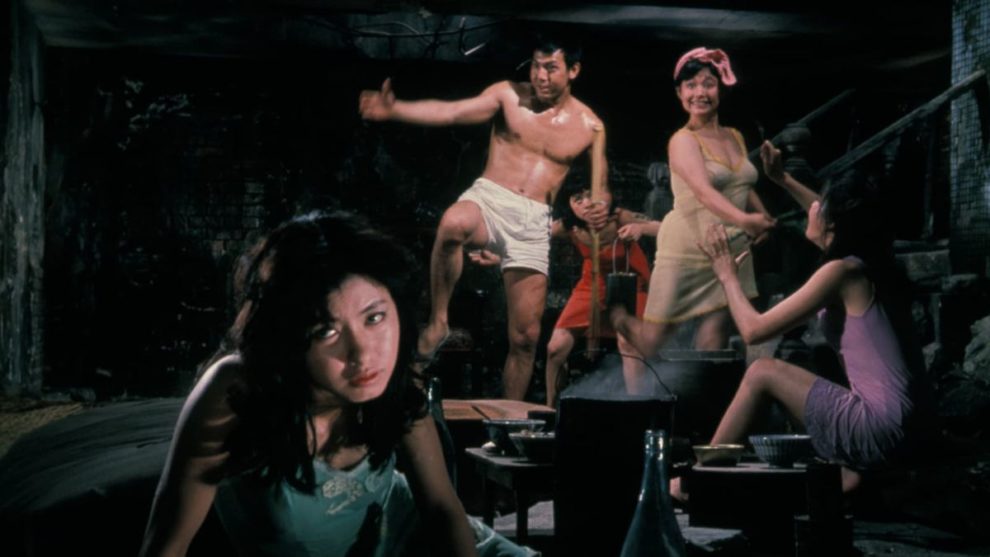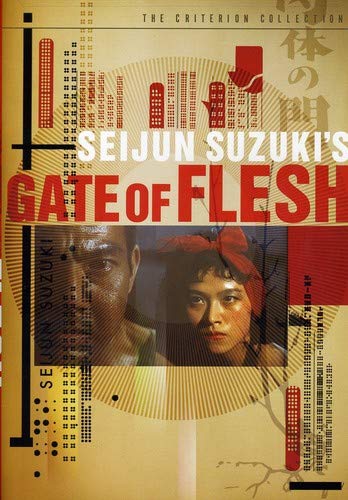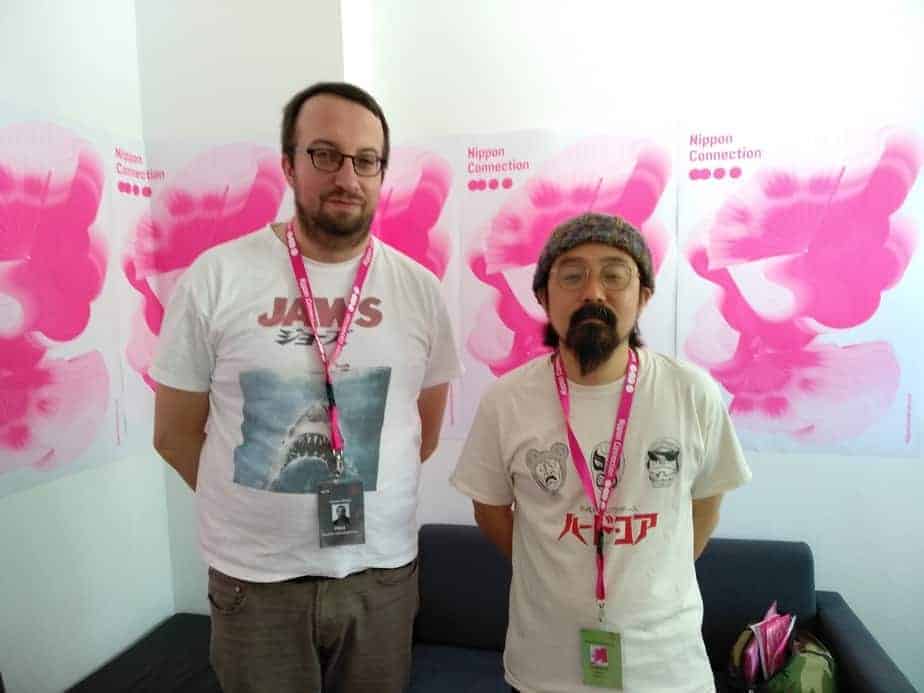In the mid-1960s, Seijun Suzuki would go on to make a trilogy of features, now called the “Flesh Trilogy”, that would depict a degraded post-war Japan and people's poor living standards in it. These depictions were put forth in the form of stories that featured women that trade in their own flesh. The first of these would be “Gate of Flesh”, a production based on a novel by Taijiro Tamura that would go on to stand tall as one of the best in Suzuki's fantastic and lengthy oeuvre.
Buy This Title
Heavily bombed, post-war Tokyo is a dog-eat-dog city where a living is hard to come by and people are still exploited on a daily basis. The city lies in ruin and so do the lives of its inhabitants. In one such bombed building live five prostitutes, all working without any support from any males and taking care of each other while adhering to one simple rule: never give yourself to any man for free. Any girl that dares to do so is stripped, whipped and has her hair cut by the others and is ostracised from their little sisterhood. The world has made these women strong and has taught them to take care of themselves and each other, but their collective worlds are thrown in turmoil when Shintaro Ibuki, an army deserter who has been shot, takes refuge in the ruins these women call home. The women decide to nurse him back to health and in return, Ibuki provides them with a sense of protection and food, but soon, suppressed emotions finds their way to the surface in the women's hearts.
Suzuki's feature succeeds on a number of levels. Where most directors would've rested their laurels on showing skimpily-clad women, Suzuki manages to get several comments across about life in Japan after the defeat in the war. It's every man for himself and everybody from American soldiers to the local Yakuza take advantage of the locals, who're inadequately dressed and even worse fed. The patriotism that saw them through the war seems to have been thrown for a toss and locals cower around Americans for the dollars and food, or most specifically, for “American Stew”, a delicacy they appreciate a lot but are unknown to the fact that it comes laced with used condoms. In addition to the economic poverty, the spiritual impoverishment of the times is also explored well, thanks to the story arc of Borneo Maya and the American priest.
For its exploitation tag, Suzuki leaves the nudity to brief glimpses here and there and mostly in wide shots, while also managing to capture a number of sequences rather erotically. All the women are, for most of the indoor scenes, scantily clad but pictured in a way that tries to avoid nudity where possible. However, it earns its badge when it comes to the violence, showing the beatings the women give to the ones that break their code rather viscerally, causing the audience to wince at every lashing. Whether any of those scenes have S&M capabilities is for individual viewers to determine for themselves.
“Gate of Flesh” is most fascinating in its production design. Nikkatsu's fast pace of production allowed a mere 10 days of pre-production and 25 days of shooting time, yet what designer Takeo Kimura has managed to come up with in that limited time is nothing short of amazing. Since there weren't any suitable locations, most of the shooting was done in studio-built large-scale sets that look surprisingly realistic. The bright outfits that assign each women with their unique single-colour, which cinematographer Shigeyoshi Mine also uses to frame the women in key scenes, also add to the picture's overall visual appeal and point out their individual personalities.
While it must have been relatively easier to get Nikkatsu and Suzuki regular Jo Shishido on board, who is once again noticeably impressive, the production had a hard time finding actresses to cast from Nikkatsu's regular roster, thanks to the number of negligibly dressed and nude scenes. As a result, the production had to look elsewhere and in Yumiko Nogawa, Tamiko Ishii, Satoko Kasai, Kayo Matsuo and Misaka Tominaga, Suzuki found his women, all equally beautiful and with their various, individual traits. Of these, Yumiko Nogawa as the newly-recruited Maya and Satoko Kasai as the group's defacto leader Sen both show terrific range, while Tominaga, as the older Machiko also gets sufficient screen-time.
As the final shot, which depicts a flag of the Rising Sun lying dirty on the ground while the American stars-and-stripes flies jauntily high, one is left in no doubt that “Gate of Flesh” is, in fact, an exploitation film about exploitation itself. In terms of style and execution, it also proves to be a good bridge between the early, more traditionally restrained Suzuki and the later all-guns-blazing, hyper-stylised one that we would see emerge just a few years later.
















